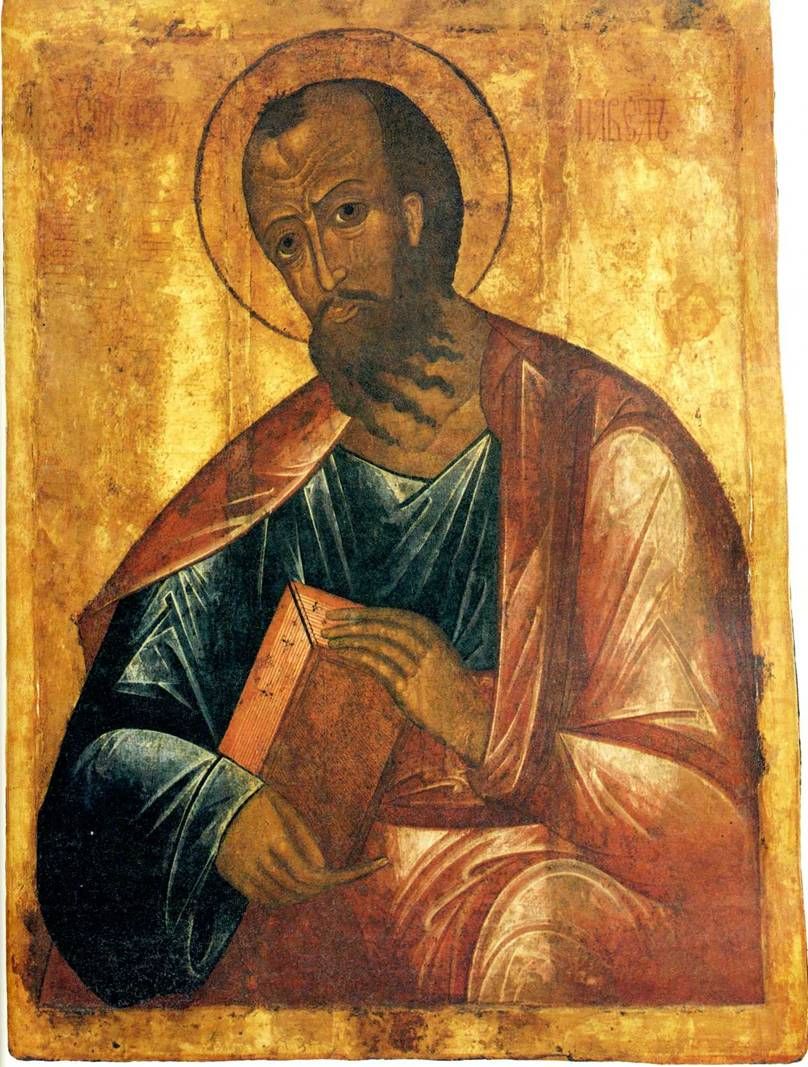
The story of Paul, the Apostle, is not merely a historical account; it is a gripping narrative of radical transformation and unparalleled impact that profoundly shaped the course of religious history. Far from a simple tale, it chronicles an individual whose life journey was so dramatically altered that it continues to resonate with profound lessons on redemption, purpose, and divine grace. To truly grasp his monumental legacy, we must explore his beginnings, his dramatic turning point, and the foundational missionary efforts that redefined his very existence.
This in-depth analysis will meticulously detail the formative crucible of Paul’s early life, then known as Saul, dissecting the intense zeal that first propelled him towards persecution. We will navigate the pivotal encounter on the road to Damascus, an event that opened his spiritual eyes to a new truth, setting him on an unforeseen path. From his immediate baptism and bold proclamations to his strategic missionary journeys, this investigation uncovers how a man once synonymous with opposition became the most influential advocate for Christ’s message.

1. **Saul’s Formative Years and Fierce Zeal**Before becoming the iconic Apostle Paul, he was Saul, a man steeped in fervent Jewish nationalism and rigorous training. Born in Tarsus, a prominent Hellenistic city, Saul was a Roman citizen. His Pharisaic parents strictly adhered to the Law of Moses, shielding their children from Gentile “contamination,” despite Saul’s ability to speak Greek and passable Latin, alongside his native Aramaic.
At age thirteen, Saul studied under Gamaliel, the ranking rabbi, in Judea. He mastered Jewish history, Psalms, and prophetic works, also developing a “diatribe” style for debating Jewish law. This prepared him for a legal career, potentially leading to the Sanhedrin. However, his unyielding zeal for his faith regrettably steered him towards religious extremism.
Saul’s intense devotion led him to relentlessly persecute the early Christian church. He was present at Stephen’s stoning (Acts 7:58). After Stephen’s death, “a great persecution broke out against the church in Jerusalem” (Acts 8:1). Believing he did God’s will, Saul became a ruthless enforcer, described as a “religious terrorist,” “ravaging the church, entering house after house, and dragging off men and women, he would put them in prison” (Acts 8:3). This marked the height of his violent opposition.

2. **The Unforgettable Damascus Road Encounter**The pivotal moment in Saul’s life unfolded dramatically on the road from Jerusalem to Damascus, a journey of approximately 150 miles. He embarked on this mission “filled with murderous rage against the Christians,” armed with high priest letters authorizing him to imprison “followers of the Way.” His intent was clear: to eradicate perceived heresy.
This mission was abruptly interrupted by profound divine intervention. As Saul traveled, a blindingly bright light from heaven enveloped him, casting him to the ground. A voice thundered, “Saul, Saul, why are you persecuting me?” His bewildered query, “Who are you Lord?” was met with the earth-shattering revelation: “I am Jesus, whom you are persecuting” (Acts 9:4–5). This direct confrontation irrevocably “turned his life upside down.”
Immediately, Saul was struck blind, forcing the once-authoritative zealot to rely entirely on his companions. As instructed by Jesus, he continued to Damascus, humbled and dependent. This physical vulnerability mirrored his prior spiritual blindness, preparing him for a transformative truth. This encounter was a cosmic pivot point for his destiny, marking the end of Saul the persecutor.

3. **Ananias and the New Beginning**Upon arriving in Damascus, Saul was directed to meet Ananias, a local disciple who hesitated due to Saul’s notorious reputation. Ananias knew Saul as an “evil man” who had brought “great harm” to Christians and held authority to imprison them. This apprehension reflected the terror Saul had instilled in the early Christian community.
Yet, the Lord intervened, revealing Saul as “a chosen instrument” to carry His name “before the Gentiles, kings, and the children of Israel” (Acts 9:15). God also foretold Saul would “suffer for doing so” (Acts 9:16), highlighting both the purpose and personal cost. This divine insight transformed Ananias’s fear into obedient courage.
Following instructions, Ananias found Saul, laid hands on him, and conveyed Jesus’ vision. Through this prayer, Saul received the Holy Spirit (Acts 9:17), regained his sight, and was baptized (Acts 9:18). This moment marked his profound spiritual and physical restoration, inaugurating his new identity in Christ.
Immediately, Saul boldly proclaimed Jesus as the Son of God in the synagogues (Acts 9:20). People were “amazed and skeptical,” struggling to reconcile his new message with his fearsome past. They expected him to arrest Christians, not to join them and powerfully argue that Jesus was the Christ (Acts 9:21-22).
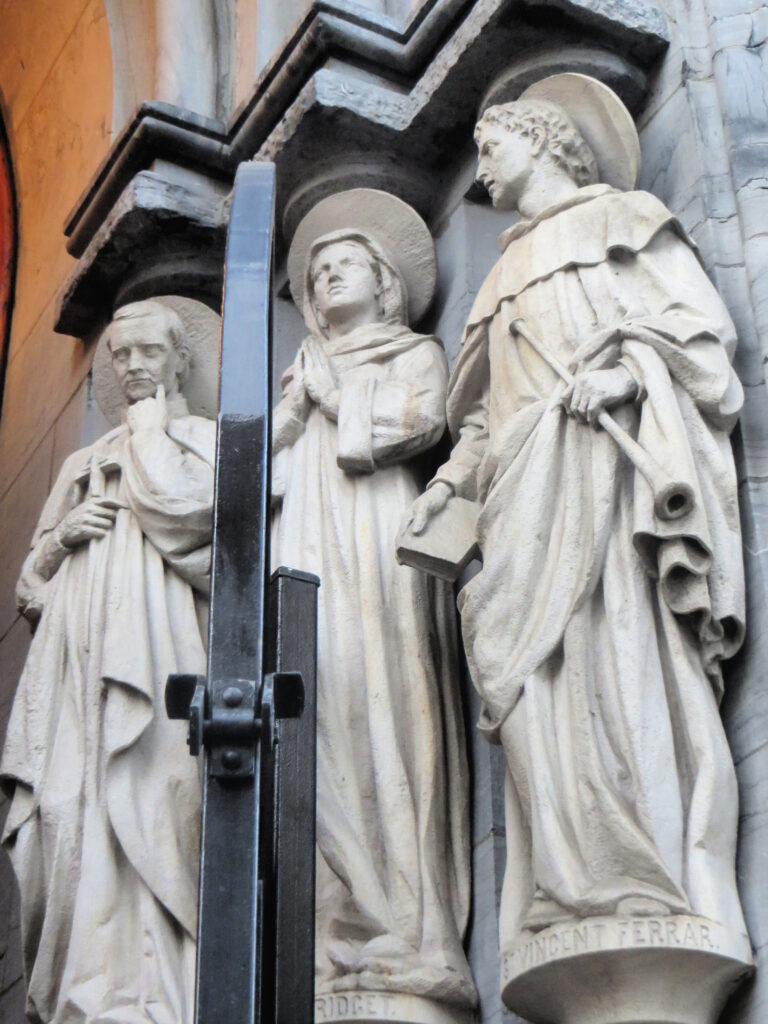
4. **The Emergence of Paul: Early Ministry and Identity Shift**After his dramatic conversion, Saul embarked on initial ministry and reflection, traveling through “Arabia, Damascus, Jerusalem, Syria, and his native Cilicia.” These crucial years allowed him to process his transformative experience, deepen his gospel understanding, and begin articulating his newfound faith, laying groundwork for future apostolic endeavors.
A significant development came when Barnabas, recognizing Saul’s potential, “enlisted his help to teach those in the church in Antioch” (Acts 11:25). This was poignant, as the multiracial Antioch church was “founded by Christians driven out of Judea by the persecution that arose after Stephen’s death” (Acts 11:19–21)—persecution Saul himself had instigated. This symbolized his profound redemption.
During his increasing engagement with Gentile areas, a pivotal identity shift occurred: “As he spent more time in Gentile areas, Saul began to go by his Roman name Paul” (Acts 13:9). This transition from Hebrew to Roman name was more than linguistic; it symbolized his full embrace of his divinely appointed mission to the Gentiles. It marked a conscious effort to resonate with the broader non-Jewish world, bridging cultural divides for the gospel.
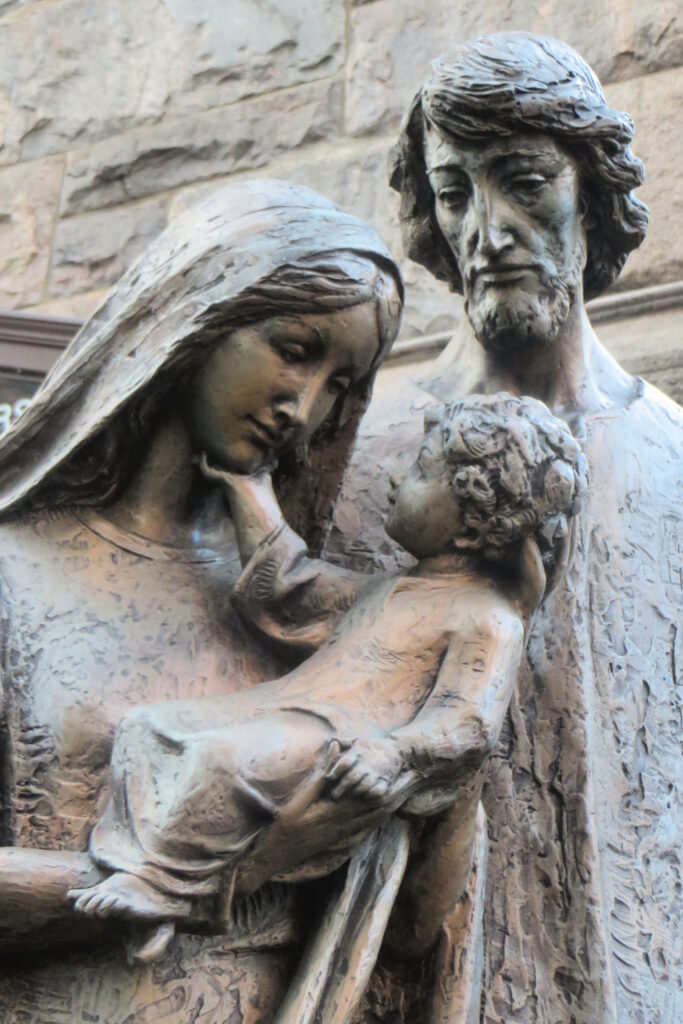
5. **Launching the Missionary Crusades: The First Journey**The late AD 40s heralded Paul’s first of three groundbreaking missionary journeys. This initial expedition, undertaken alongside Barnabas, ventured into the Roman province of Asia (Acts 13-14). It was a bold undertaking, moving beyond Jewish communities to proclaim Christ’s message to a predominantly Gentile audience, challenging existing cultural norms.
This journey was a vital crucible for Paul’s evolving theology. Challenges and controversies, particularly regarding Gentile inclusion and Mosaic Law, directly informed his later writings. The Epistle to the Galatians, addressing justification by faith, was likely penned after this first missionary endeavor, showcasing his immediate theological engagement.
During this period, Paul and Barnabas established nascent Christian communities, facing both fervent acceptance and fierce opposition. They preached in synagogues and public squares, introducing salvation through Christ to diverse populations. Planting churches in new territories necessitated developing practical guidelines and theological clarity, which Paul meticulously articulated in subsequent letters.
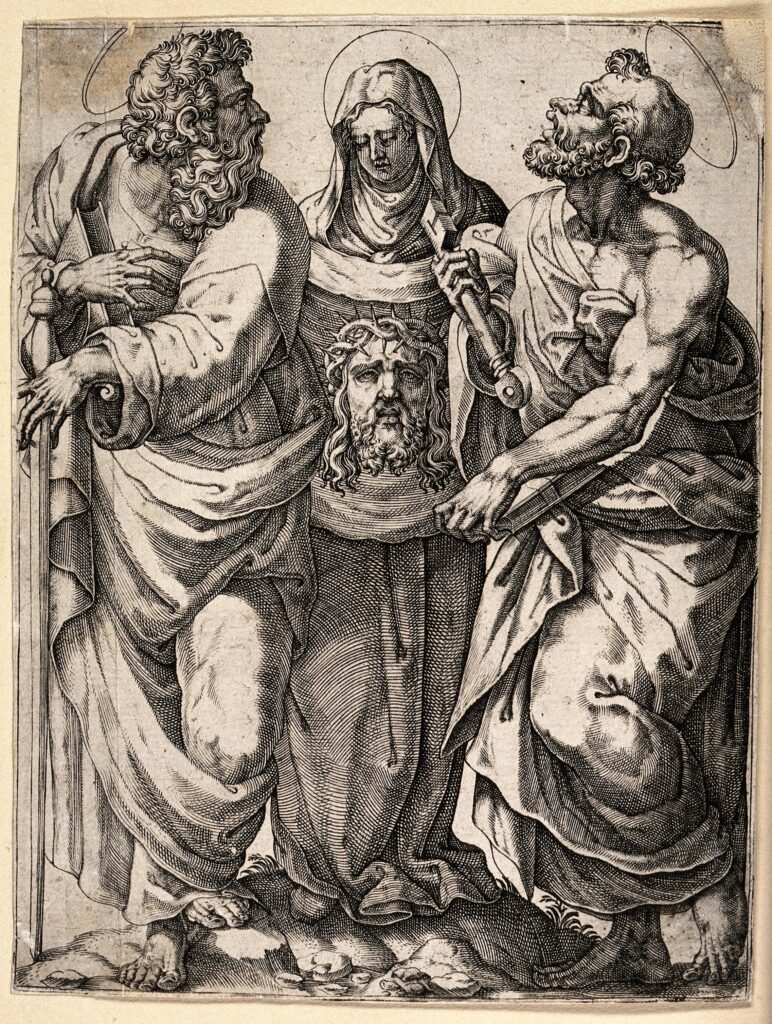
6. **Expanding the Reach: The Second Missionary Expedition**Building upon the first journey, Paul embarked on his second missionary expedition, a transformative trek lasting approximately three years (ca. AD 50-53). Accompanied by Silas and Timothy, this journey saw an even greater geographical spread and the establishment of numerous vital churches that became significant centers of Christian faith.
This extensive tour founded communities in strategically important Roman Empire cities, including Philippi, Berea, Thessalonica, and Corinth. Each presented unique cultural and social landscapes, compelling Paul to adapt his approach while steadfastly holding to the core gospel message. Success in these diverse settings demonstrated the universal appeal of Christ’s message.
During this active period, Paul penned some of his earliest epistles, specifically the letters to the Thessalonians. These writings addressed practical concerns and foundational theological questions of new believers, like Christ’s return and ethical conduct. These early epistles underscore Paul’s commitment to evangelism, systematic discipleship, and spiritual nurturing of the churches he established.
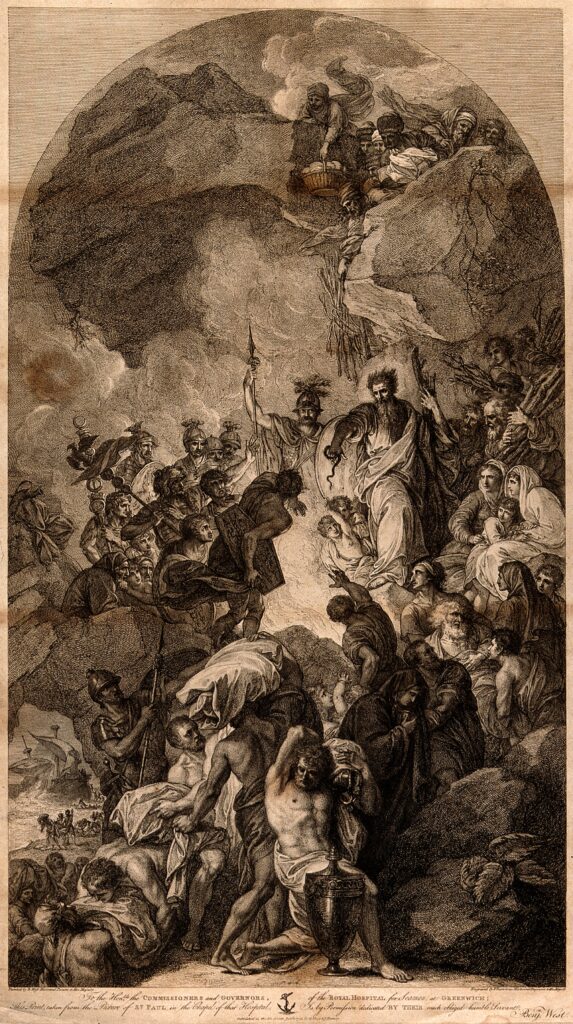
7. **The Culmination of Global Witness: The Third Missionary Journey**Paul’s third missionary journey, from approximately AD 53 to 57, involved sustained and intensive ministry, centered around an extended stay in Ephesus. This influential metropolis served as a strategic hub, allowing Paul to consolidate existing churches and spearhead evangelistic efforts across the region, often amid spiritual impact and opposition.
From Ephesus, Paul engaged in prolific correspondence. He authored the First Epistle to the Corinthians, addressing numerous issues within the Corinthian church. Later, during a sweep through Macedonia, he penned the Second Epistle to the Corinthians, further elaborating on apostolic authority, suffering, and divine grace.
Towards this journey’s conclusion, while awaiting departure for Jerusalem, Paul composed his monumental Epistle to the Romans. Written from Corinth (ca. AD 57), this letter systematically articulates his gospel: universal need for salvation, justification by faith, and God’s sovereign plan for both Jew and Gentile. Romans remains a foundational theological text.
This journey’s culmination brought Paul back to Jerusalem, where his arrival was swiftly followed by arrest. This marked the end of his active missionary travels, ushering in a new phase of ministry characterized by imprisonment and legal appeals. Far from silencing him, this redirected his advocacy for Christ into challenging forums, as he continued to bear witness, enduring “personal peril” (2 Corinthians 11:24–27).
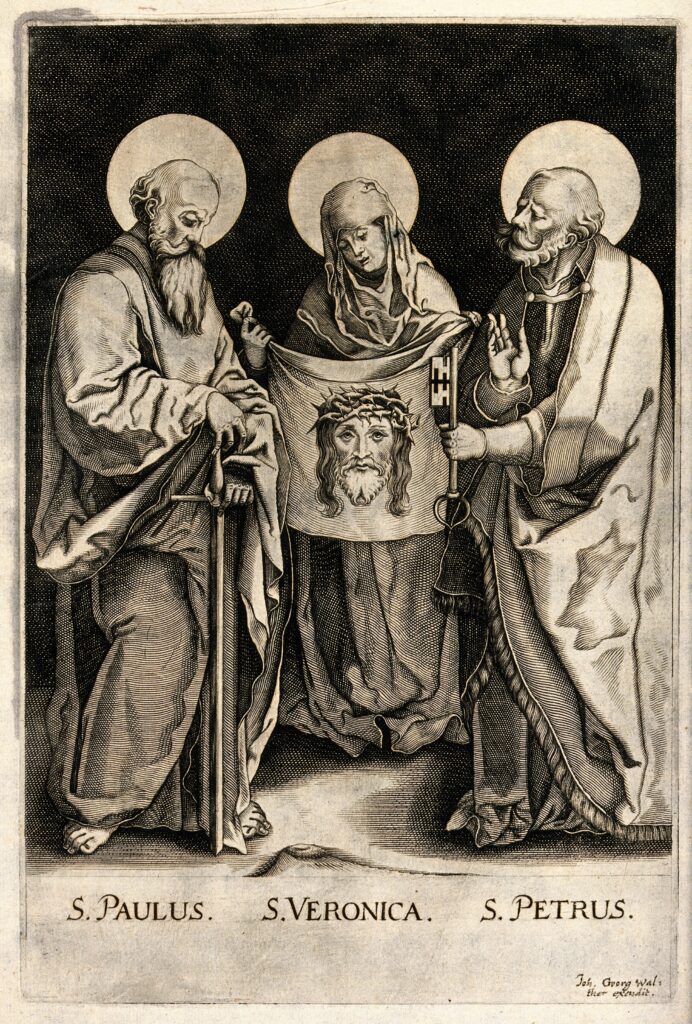
8. **From Missionary Zeal to Enduring Imprisonments**Following the culmination of his arduous third missionary journey, Paul’s commitment to Christ led him back to Jerusalem, a city that tragically became the site of his arrest. This was no ordinary detention; it marked a profound shift in his ministry, transitioning from active, widespread travel to a new phase of advocacy. His steadfastness, even in chains, underscored his unyielding dedication to the gospel he had so passionately preached across the Roman world.
His arrest in Jerusalem swiftly led to a two-year imprisonment in Caesarea Maritima, a period that, far from silencing him, redirected his powerful witness. Paul’s appeals eventually saw him shipped to Rome, the heart of the imperial court of Nero, transforming his trials into unique opportunities to testify before powerful figures. This journey, fraught with peril, became another testament to his unwavering faith and divine protection, enabling him to reach audiences previously inaccessible through his missionary tours.
During his time in Roman custody, whether in Caesarea or Rome, Paul authored what are famously known as his ‘prison letters.’ These include the epistles to the Ephesians, Philippians, Colossians, and Philemon. These letters, penned from confinement, are not merely reflections of his circumstances but rich theological treatises that continued to shape and encourage the nascent Christian communities, showcasing how even physical chains could not bind the power of his message. Reports, though of uncertain reliability, place his death as a martyr in Rome around A.D. 67, under Nero’s deranged oversight, a final, ultimate sacrifice for his Lord.
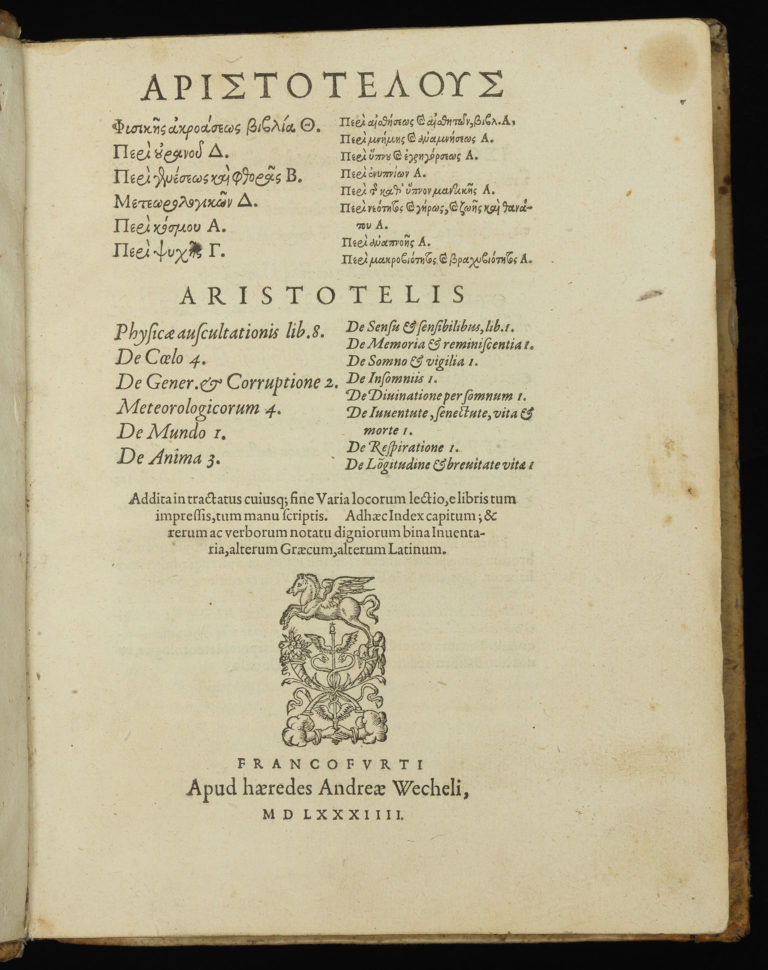
9. **The Unrivaled Scope of Paul’s Authoritative Writings**Paul’s immense theological legacy is, in large part, preserved through his prolific authorship, contributing a significant portion of the New Testament. Most theologians agree that he penned at least thirteen letters: Romans, 1 and 2 Corinthians, Galatians, Philippians, 1 and 2 Thessalonians, Philemon, Ephesians, Colossians, and 1 and 2 Timothy, and Titus. These documents, collectively known as the “Pauline Authorship,” serve as the primary and authoritative source for understanding his profound theological insights and practical guidance for the early church.
While the authenticity of certain epistles, specifically Ephesians, Colossians, 2 Thessalonians, and the Pastoral Epistles (1 and 2 Timothy, Titus), has been debated by some modern critics since the Enlightenment, there remains ample scholarly justification for drawing upon them when outlining Paul’s theology. Documents explicitly state Paul as their author, and arguments against his authorship are not always considered secure. Scholars like D. Guthrie, E. Ellis, and S. Fowl have provided compelling cases for their inclusion, highlighting significant lines of continuity in his thought.
Beyond his epistles, the Book of Acts also provides invaluable historical and contextual data for Paul’s life and ministry. While some critics question Acts’ historicity, a growing body of research, pioneered by scholars like W. Ramsey, F. F. Bruce, and C. Hemer, supports its reliability as a historical framework for Paul’s travels and the essence of his preaching. Therefore, combining insights from both Paul’s letters and Acts offers a comprehensive and dependable understanding of this pivotal figure in Christian history.
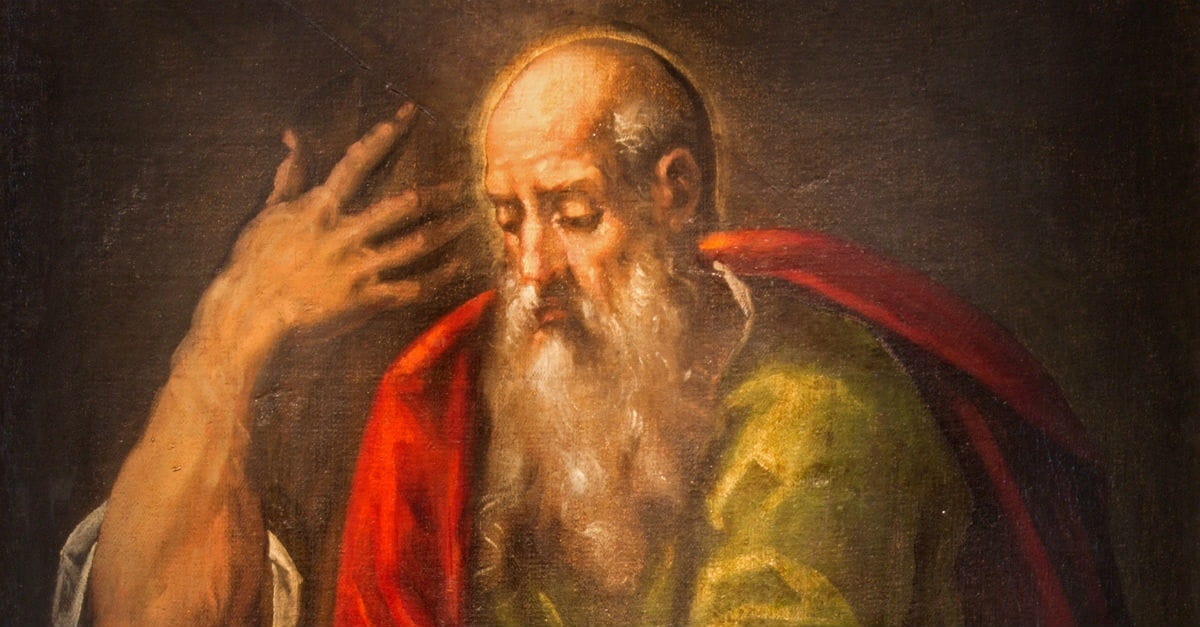
10. **Paul’s Majestic Vision of God: The Unseen King**Central to Paul’s theology, and indeed the entire New Testament, is a majestic and profound vision of God. The very word “God” appears over 500 times in his writings, underscoring the divine as the singular ordering factor in all of life—the basis and ultimate goal of every aspect of Paul’s ministry and thought. His doxological statements offer glimpses into an infinitely wise and all-knowing deity, from whom, through whom, and to whom all things exist, truly capturing a sense of divine transcendence.
Paul consistently emphasized God’s faithfulness and unwavering foundation, proclaiming Him as the comforter of the afflicted and the raiser of the dead. He described God as the “King, eternal, immortal, invisible, the only God,” or even more expansively, “the blessed and only Ruler, the King of kings and Lord of Lords, who alone is immortal and who lives in unapproachable light, whom no one has seen or can see” (1 Tim 1:17; 6:15-16). This awe-inspiring depiction left no room for ambiguity regarding God’s supreme authority and ultimate glory, which Paul believed should be perpetually ascribed to Him.
In a Hellenistic world teeming with diverse spiritual beliefs, Paul’s theology stood in stark contrast. Against the prevailing polytheism, he insisted vehemently on the singularity of God, proclaiming Him as one. He also challenged Stoicism’s impersonal deity by presenting a personal, accessible God intimately concerned with social morality and personal ethics—a God to be feared, loved, and served, not merely a distant concept or a spirit experienced through ritual or asceticism. This powerful portrayal of God became the bedrock upon which his entire gospel message was constructed.
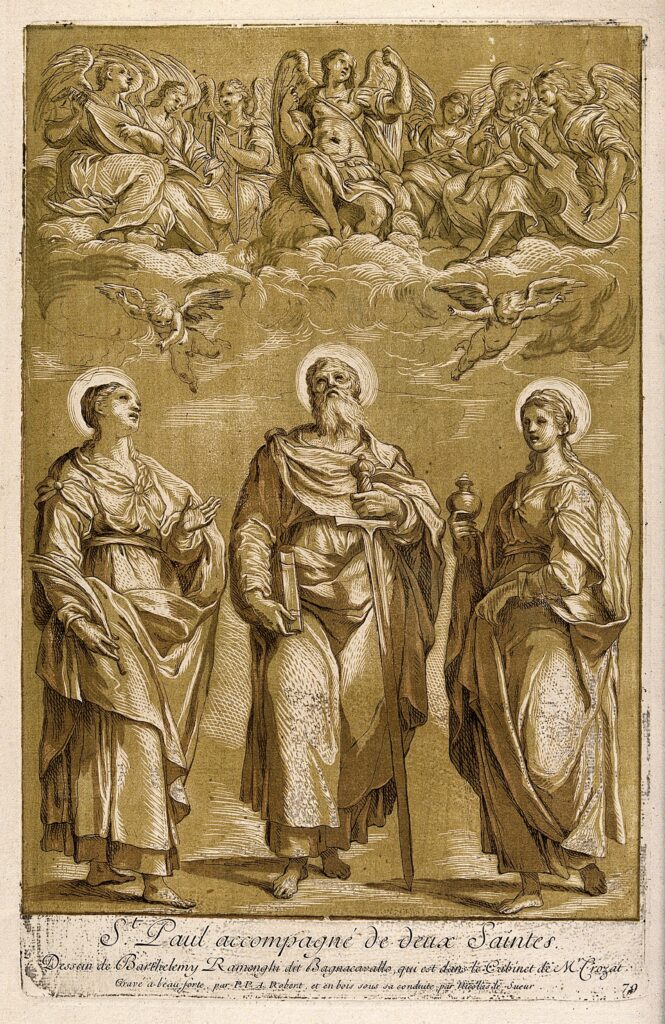
11. **Understanding Evil and the Human Dilemma**Paul’s theological framework deeply grapples with the pervasive reality of evil, a concept he didn’t view through the lens of pure dualism where good and evil are co-equal eternal forces. Instead, he presented a modified, or hierarchical, dualism: God, whose ways are perfect, is solely sovereign over all, and ultimately all reality will reflect His perfect justice and glory. Under God’s ultimate sway, however, there is indeed evil, often orchestrated by Satan or the devil, a powerful, malevolent personal being with subservient human and angelic underlings.
While Paul does not speculate on the origin of evil, his belief in its formidable influence is a critical feature of his outlook, linking him readily to Jesus’ own dramatic encounters with Satan in the Gospels. He asserted that evil, though real and influential, is ultimately fleeting and will not triumph; the “God of peace will soon crush Satan under your feet” (Rom 16:20). Yet, until that day, humanity faces a profound dilemma rooted in universal sinfulness.
Paul unequivocally declared that “all have sinned and fall short of the glory of God” (Rom 3:23), leading to a state where every single person languishes in “the trap of the devil, who has taken them captive to do his will” (2 Tim 2:26). This radical lostness, this universal bondage to rebellion against God, estrangement, and the legalism that seeks self-justification, delineates the urgent need for the deliverance that Paul preached. The reality of evil, therefore, intrinsically establishes the necessity for salvation, paving the way for Christ’s intervention.
Read more about: The On-Screen Deaths That Still Keep Us Up at Night: 14 Traumatizing Movie Moments You Won’t Forget
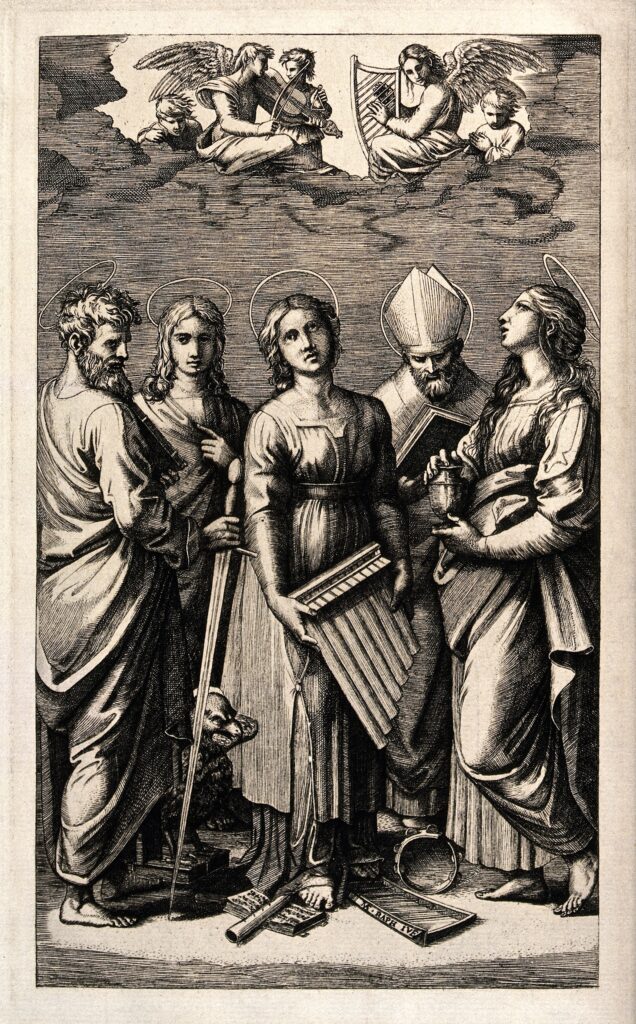
12. **The Intricate Dance Between Law and Grace**Paul’s understanding of the Law is one of the most debated aspects of his theology, marked by a nuanced, sometimes seemingly contradictory, approach. He firmly believed that the Old Testament, as an expression of God’s will, was binding on all, underscoring humanity’s universal lostness. He frequently quoted passages asserting that “there is no one righteous, not even one” (Rom 3:10-11), and that the Law serves to expose sin, stopping every self-justifying mouth and revealing humankind’s bondage to rebellion and legalism.
Both his letters to the Romans and Galatians strongly caution against the snare of self-salvation through law-keeping. Paul emphatically declared, “We maintain that a man is justified by faith apart from observing the law” (Rom 3:28). In Galatians, specifically, he confronted those who insisted on circumcision and other Jewish observances as prerequisites for salvation, passionately arguing that “a man is not justified by observing the law, but by faith in Jesus Christ” (Gal 2:16), lest the gospel of free grace be replaced by a message of works.
However, Paul also spoke positively of the Law on other occasions, even in Romans and Galatians (Rom 3:31; 7:12; Gal 5:14). His numerous Old Testament quotations, many from the books of Moses, challenge the notion that he entirely rejected Mosaic Law for Christians. The contrasting assessments stem from the situations he addressed: against legalism, the law brings death; for Spirit-filled believers seeking moral instruction and historical context, the Old Testament, including its legal portions, remains beneficial. This intricate dance reveals that while the Law reveals sin, it is grace through faith in Christ that offers true salvation, pointing toward Christ as its ultimate fulfillment.
Read more about: From Whitewashing to Unexpected Triumphs: 14 Casting Decisions That Ignited Hollywood’s Fiercest Debates
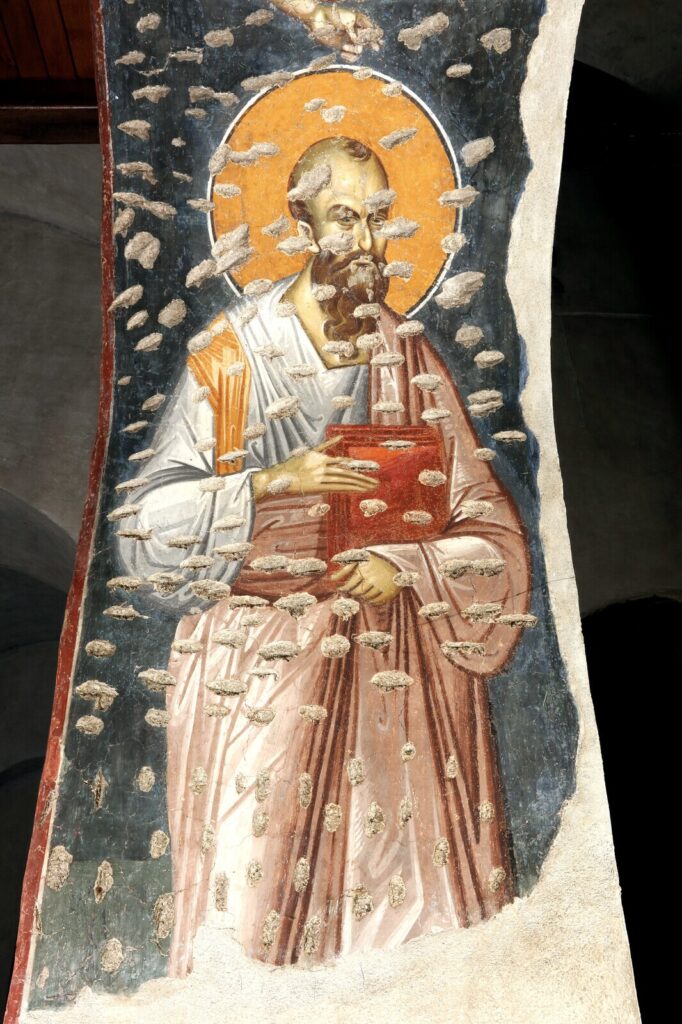
13. **The Enduring Abrahamic Covenant: Children of God**Paul’s profound understanding of salvation was deeply rooted in the continuity of God’s saving work throughout history, making it clear that he did not perceive himself as the founder of a new religion. Instead, the very foundation of the gospel he preached traced back directly to the covenant God made with Abraham, as evidenced by his numerous references to Abraham in Romans and Galatians. Paul highlighted that “The Scripture announced the gospel in advance to Abraham… So those who have faith are blessed along with Abraham, the man of faith” (Gal 3:8-9), firmly connecting Christ’s work to God’s ancient promises.
While recognizing the surpassing fulfillment in Jesus Christ, Paul consistently underscored the bounties of Israel as the foundational “taproot of the church” (Rom 11). This included “the very words of God,” “the adoption as sons, the divine glory, the covenants, the receiving of the law, the temple worship and the promises,” as well as “the patriarchs [Abraham, Isaac, and Jacob] and Christ” (Rom 9:4-5). For Paul, these were not superseded but brought to their ultimate fruition in Christ, demonstrating God’s consistent redemptive plan through the ages.
His frequent use of terms like *tekna theou* (“children of God”), “children of promise,” or “heirs” of salvation (Rom 8:16, 21; 9:8; Php 2:15) consistently harks back to God’s saving work in Old Testament times. In this light, Paul saw himself not as the originator of Christianity, but as its faithful witness and divinely guided interpreter, granted the unique advantage of hindsight after “the time had fully come” for God to send His Son. His gospel, therefore, was a divinely authorized extension of God’s redemptive narrative, for both Jew and Gentile, firmly anchored in the Abrahamic covenant.

14. **Christ-Centered Gospel: Messiah and Redemption**At the very core of Paul’s gospel is the unwavering proclamation of Jesus as the Messiah, the long-promised, God-sent savior. In a first-century context rife with varied messianic expectations, Paul’s unwavering conviction that Jesus was this Messiah was nothing short of revolutionary, especially considering his earlier rejection of Jesus as a messianic candidate. His writings are saturated with this conviction, using the term “Christ” (the Greek equivalent of the Hebrew *masiah*) almost four hundred times, often in combinations like “Jesus Christ” or “Christ Jesus,” or most frequently, simply “Christ” to denote the divine-human person who enacted God’s saving will.
Paul’s high Christology is strikingly summarized in several key passages. Philippians 2:6-11 powerfully articulates Christ’s essential oneness with God, yet his profound willingness to humble himself by taking on human form and enduring the shame of the cross. God bestowed His very “name” (personal identity) upon Him, designating Him as the King before whom all creation will bow. Colossians 1:15-20 expands on this, highlighting the cosmic dimensions of Christ’s work, affirming His integral role in creation and His ongoing sustenance of the created order, with the fullness of the unseen God dwelling within Him for redemptive purposes.
This majestic figure, the Messiah, is the agent of humanity’s “redemption,” a central concept in Paul’s theology. Redemption signifies the payment of a price for the release of prisoners from captivity, a rich Old Testament metaphor rooted in Israel’s liberation from Egyptian bondage. Paul applied this powerfully to the justification of sinners—being reckoned righteous in God’s sight—through Jesus’ death (Rom 3:24-25). Beyond a past event, redemption is also a future hope, as believers eagerly await the full redemption of their bodies at the end of this age (Rom 8:23). The logic of redemption necessitates a “ransom,” and that price, Paul declared, was the very life of Jesus, “who gave himself as a ransom for all men” (1 Tim 2:6).

15. **Christ-Centered Gospel: The Cross and the Resurrection**For Paul, the message he preached could be distilled into “the message of the cross” (1 Cor 1:18). This was a startling claim in the Roman world, where the cross symbolized only agony, shame, and the most despicable form of execution. Jewish tradition further viewed anyone hung on a tree as cursed by God, seemingly disqualifying Jesus as Messiah. Yet, Paul inverted this, revealing that Jesus “became a curse for us” (Gal 3:13-14) precisely so that the blessing given to Abraham could extend to the Gentiles, and so that believers could receive the promised Spirit through faith. The cross, once a symbol of utter disgrace, became the profound means by which God atoned for sins, and a source of unparalleled strength and inspiration for Paul himself.
But the cross does not stand alone in Paul’s theology; it is inextricably linked to the resurrection. The entire Christian message, Paul asserted, “stands or falls with the truth or falsity of the claim that following his death for sin Jesus Christ rose from the dead” (1 Cor 15:14). His preaching on his first missionary journey and in Athens consistently keyed on the resurrection, presenting it as God’s definitive “proof to all men” of coming judgment. The resurrection transforms the cross from a symbol of defeat into a beacon of hope, confirming Christ’s victory over sin and death.
For Paul, the cross and resurrection together form the twin pillars of the gospel, providing both atonement for sin and the promise of new life. The cross, while a symbol of Christ’s suffering and the mortification of the sinful nature for believers, gains its ultimate power and meaning from the glorious triumph of the resurrection. This shared emphasis on death to sin and self, followed by life to righteousness and God, forms a key link between Jesus’ own teaching and Paul’s profound articulation of the Christian faith, making these two events the bedrock of salvation and the foundation of all Christian hope.
In reflecting on the extraordinary life and profound theological contributions of the Apostle Paul, we uncover a narrative that is both deeply personal and universally resonant. His journey, marked by radical transformation, tireless missionary endeavor, and unwavering conviction through hardship, continues to offer invaluable lessons for all generations. From a zealous persecutor to the most influential proponent of God’s grace, Paul’s life stands as a testament to redemption, humility, and complete surrender to a higher calling. His enduring epistles and the unwavering witness of his life provide a comprehensive view of God’s saving plan, proving that no one is beyond the reach of divine mercy and that every person has the potential to become a powerful instrument for the advancement of His kingdom.”
, “_words_section2”: “1948



